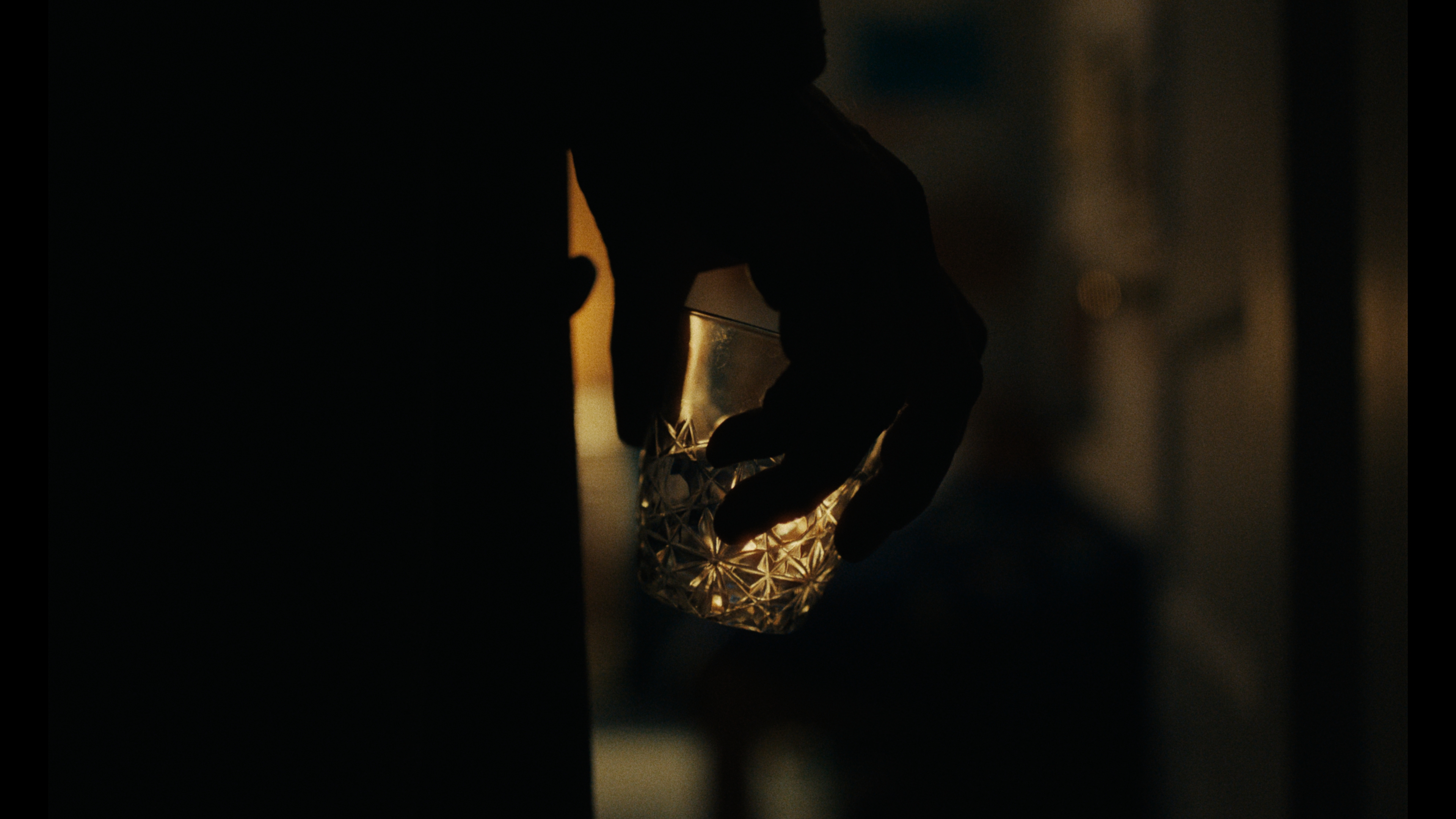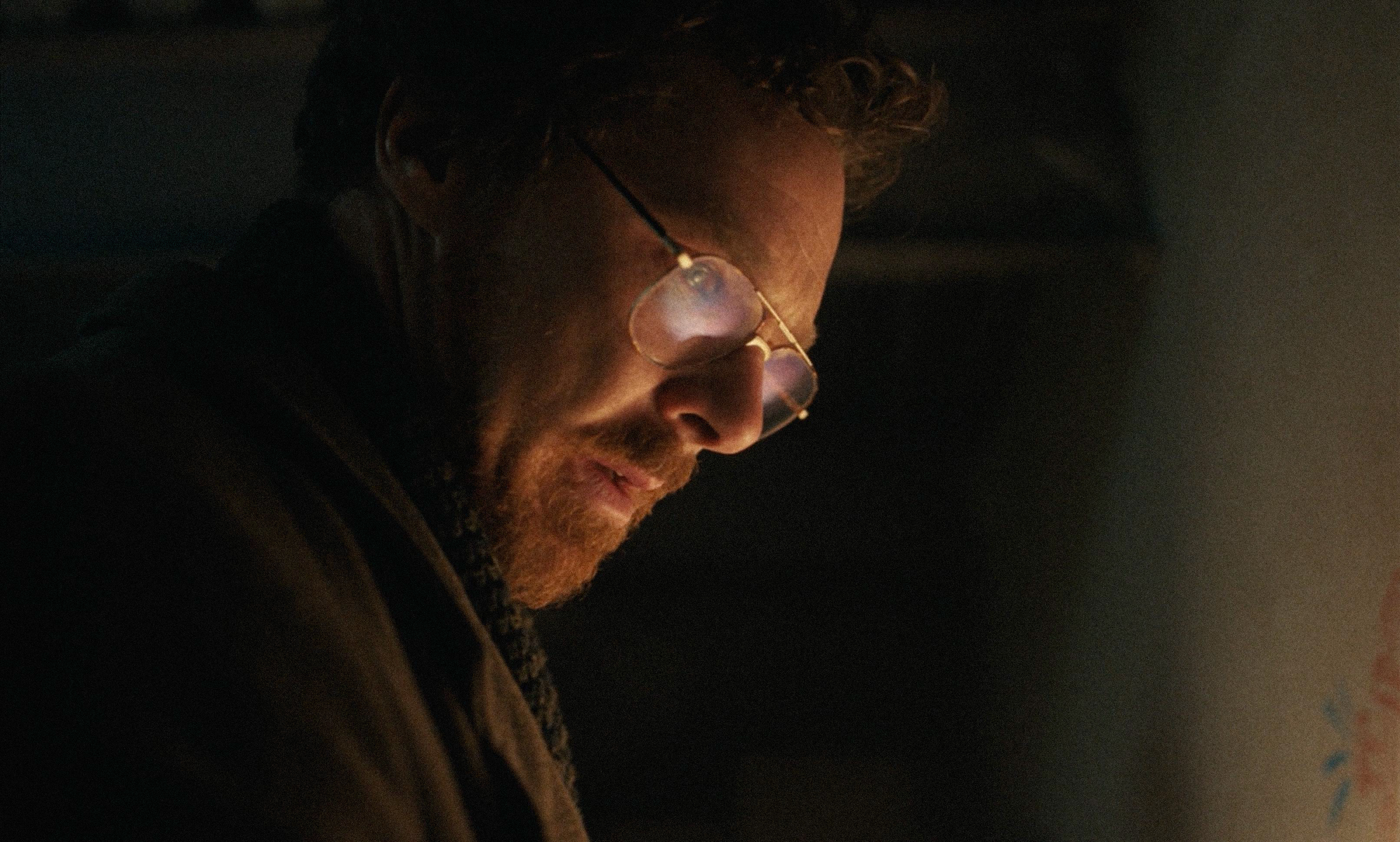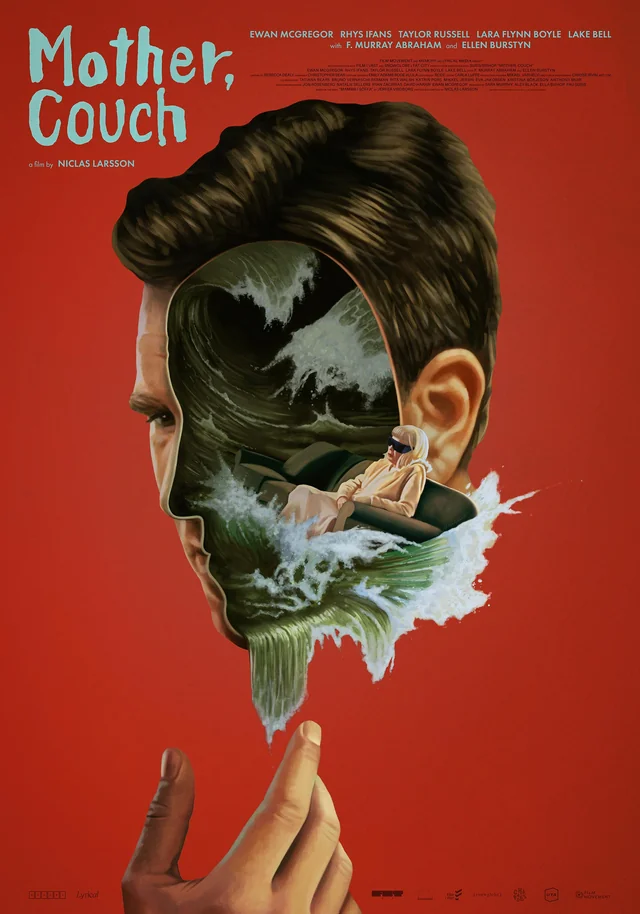CREATING IMPRESSIONS OF ’80S NEW YORK FOR NETFLIX’S ERIC
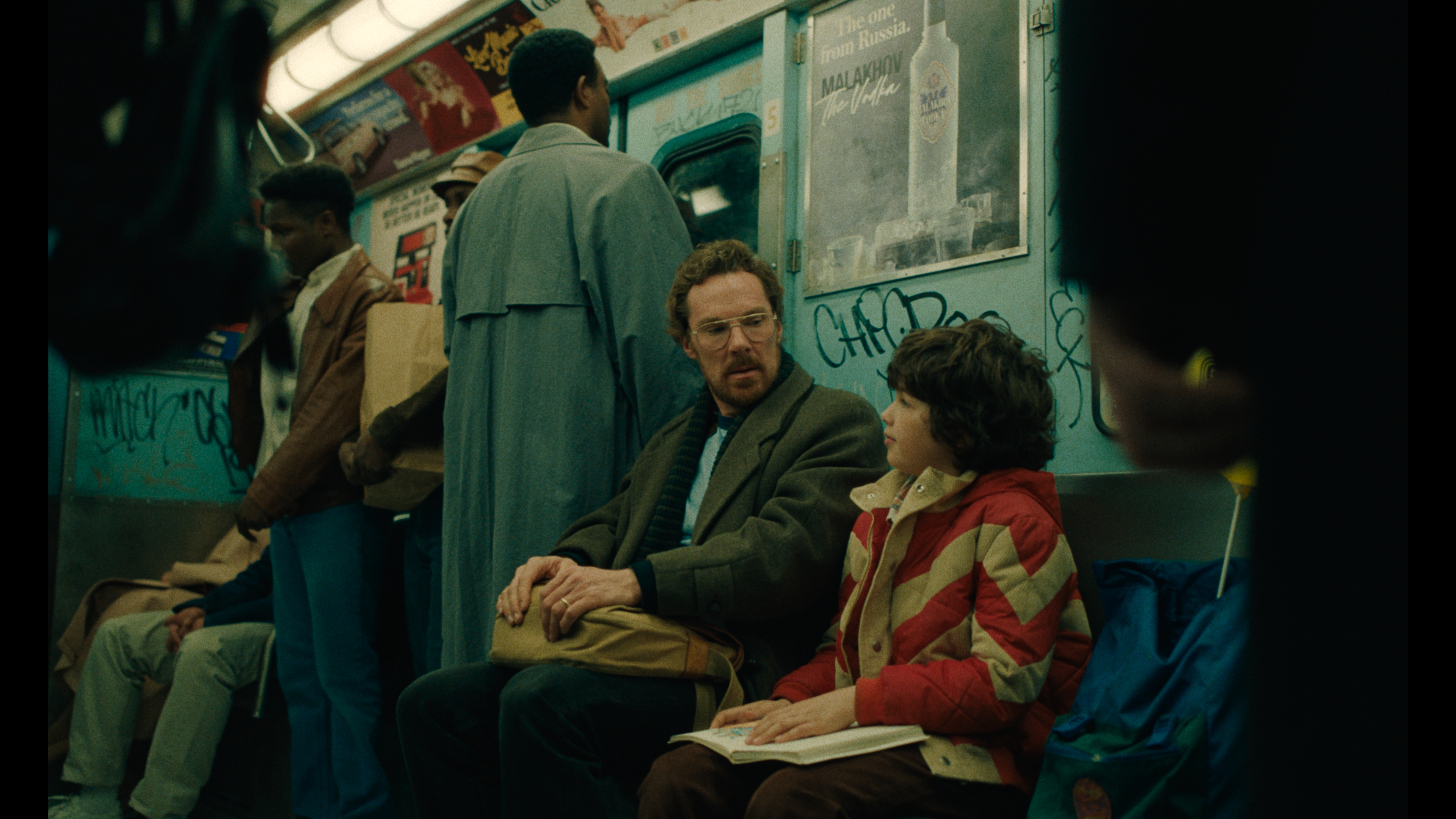
Written by Alli Albion
If you haven’t met Benedict Spence before, you’re in for a treat. And if you have, well, you already know what a treat it is. Full of energy, even after a “terrible day,” he arrives at the suite Toby’s been grading in all day. “Oof, that’s looking nice, Toby”, Benedict says looking at Toby’s monitor which is displaying a still from his latest project for Sky. “I used the LUT from Eric” Toby jokes as they sit down.
The latest fruit of their established relationship is Eric for Netflix – a six-episode limited series starring Benedict Cumberbatch, written by Abi Morgan (The Hour, The Iron Lady, The Split), and directed by long term collaborator and good friend, Lucy Forbes.
“I've worked with Lucy for 20 years, which makes me feel a bit sick,” Benedict laughs, “throughout all the iterations of our careers. We both started in factual entertainment, I moved into commercials, and now we’re in drama. So, working with her is always a joy. And then obviously, I was like, what about Toby? Let's get him on board.”
The trio has some previous successes. Most recently on the BAFTA-winning mini-series This Is Going To Hurt(also by Eric producers SISTER Pictures), and before that, on the EMMY-winning The End of the F***ing World.
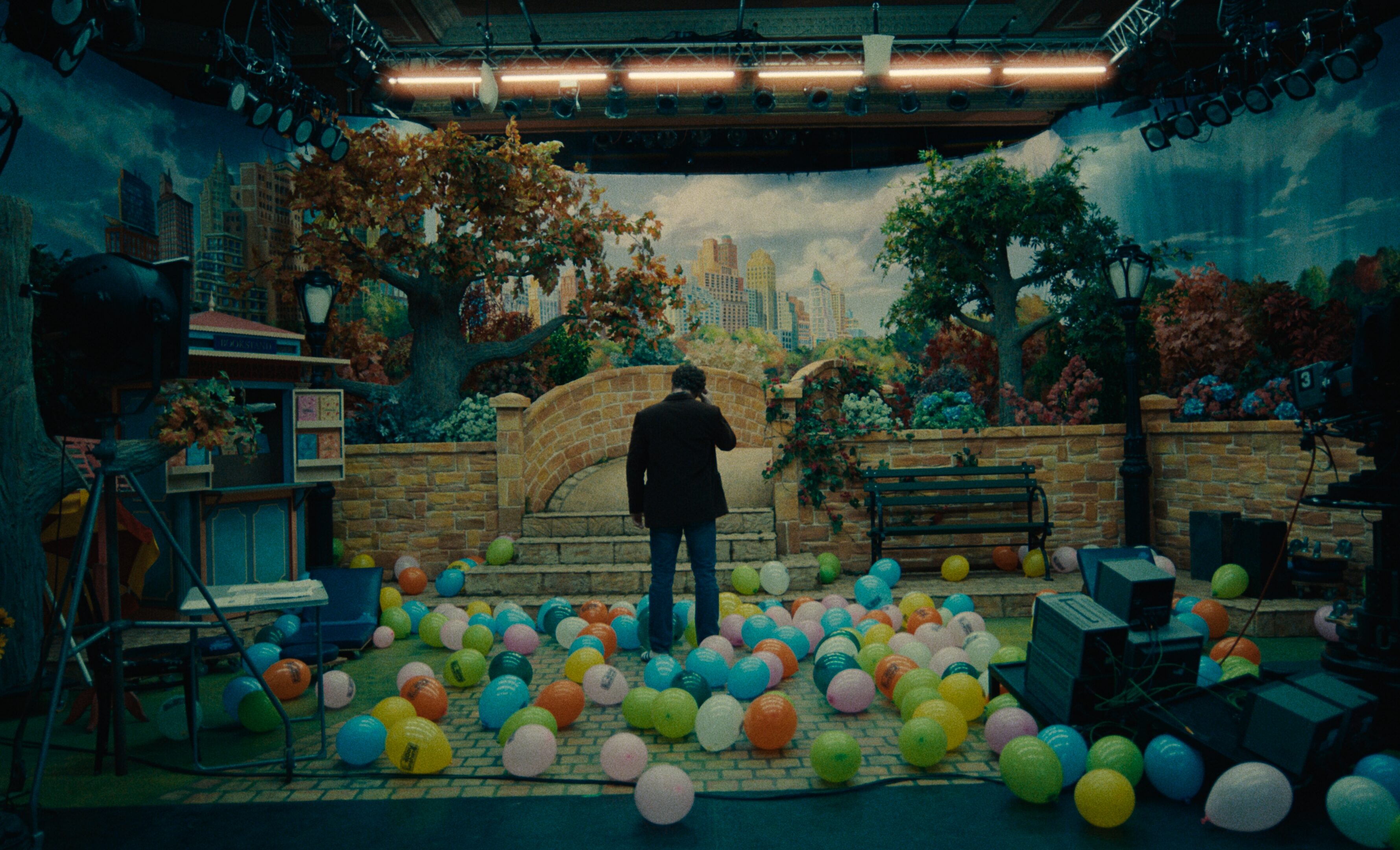
SETTING A SCENE
Being set in 1980s New York meant a creative approach to locations was needed, because “New York is obviously incredibly expensive to shoot in, and it doesn't really look like the eighties anymore,” starts Benedict, “so we shot three quarters of the schedule in Budapest for the interiors, which were either set builds or existing locations changed to look like 1980s New York,” before finally heading to New York to shoot for around five weeks. “As a Londoner who wishes they were really a New Yorker, it was a dream come true to live and shoot in Manhattan,” Benedict smiles, “we were staying in Wall Street so I could walk 3 and a half minutes to work where we had three cameras, a supertechno crane and 200 extras, right in the middle of downtown New York. It was brilliant!”
“I’ve always wanted to do period New York, especially sort of seventies/eighties, so this was a dream come true,” says Toby, who is well known for his timeless looks. Lucy provided key images as reference that “felt of-the-time” and encapsulated the gritty reality of New York. “It was about finding a balance of something that felt of the time but that didn't necessarily feel like it was captured at the time” says Toby, “and obviously that’s a very subjective thing to everyone involved” - whether that comes from memories of visits, living through it in the era, or experiencing it through cinema. Grain was an important consideration when it came to locating it in the past. “For me, if something is in ‘80s New York, the grain sells that,” says Toby, “I’ve only been exposed to ‘80s New York through cinema with something acquired through film.” “Everything is an impression,” adds Benedict, “I wanted the lighting and the camera work of a modern TV show but the feel of something out of time, not specifically mimicking what those ‘80s cameras would do.”
Having spent time before shooting finding the look for the dailies, when it got to finishing, there wasn’t a huge deviation from the show LUT, which meant the pair were left to push the look a little further in the DI with little resistance. “It was an easy journey once we’d done episode one” says Toby. “We were left to it, and it was nice to feel that trust.”
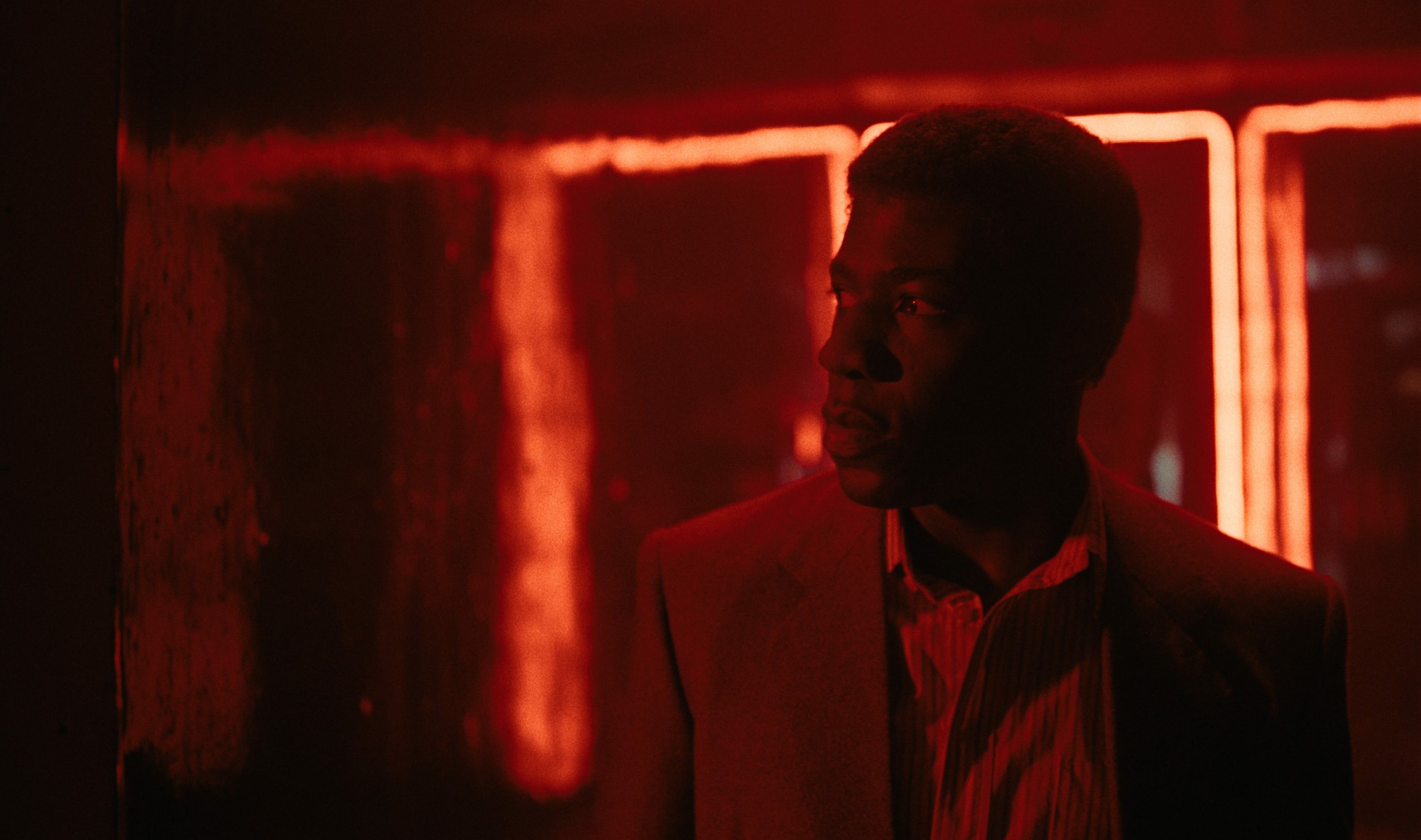
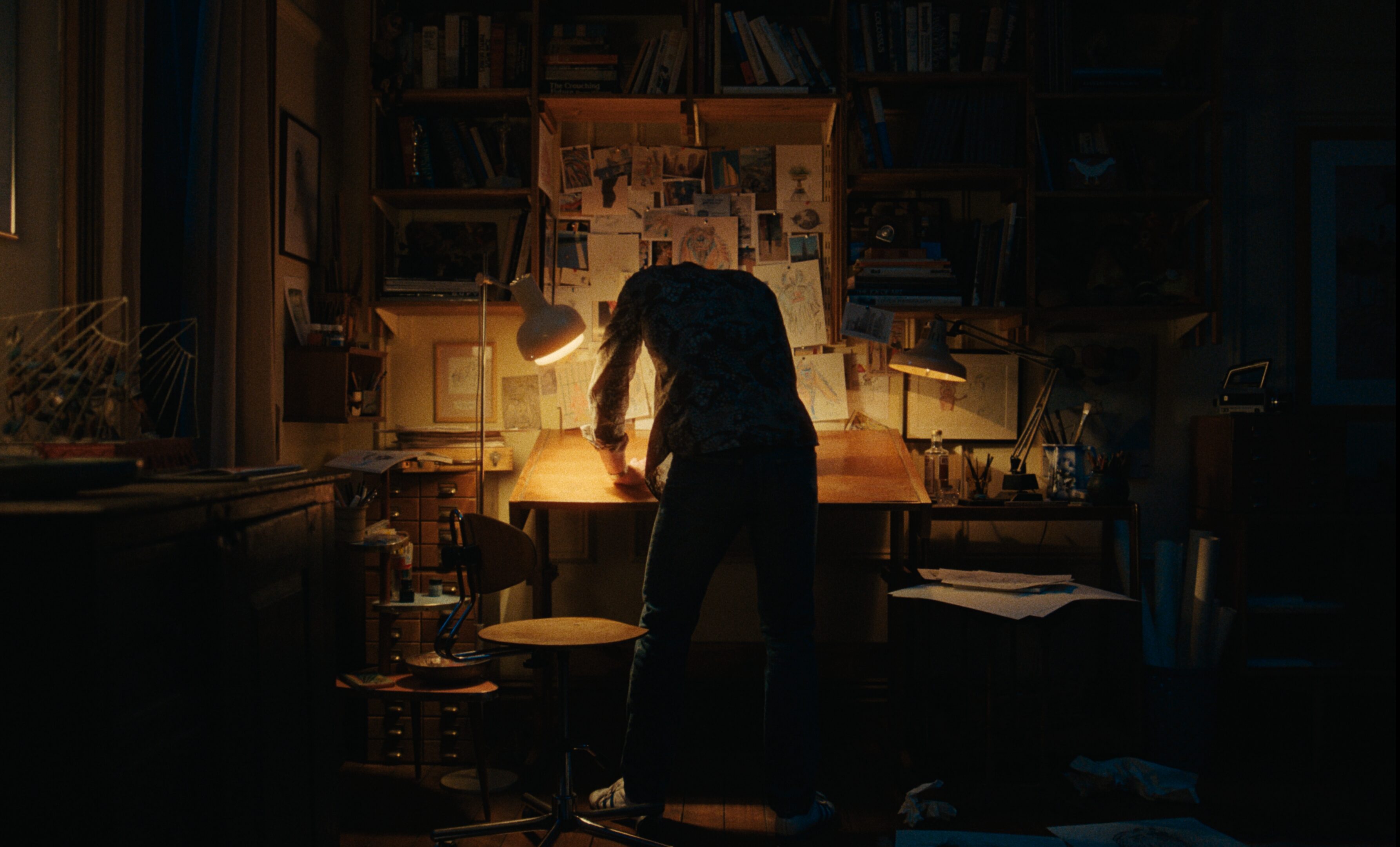
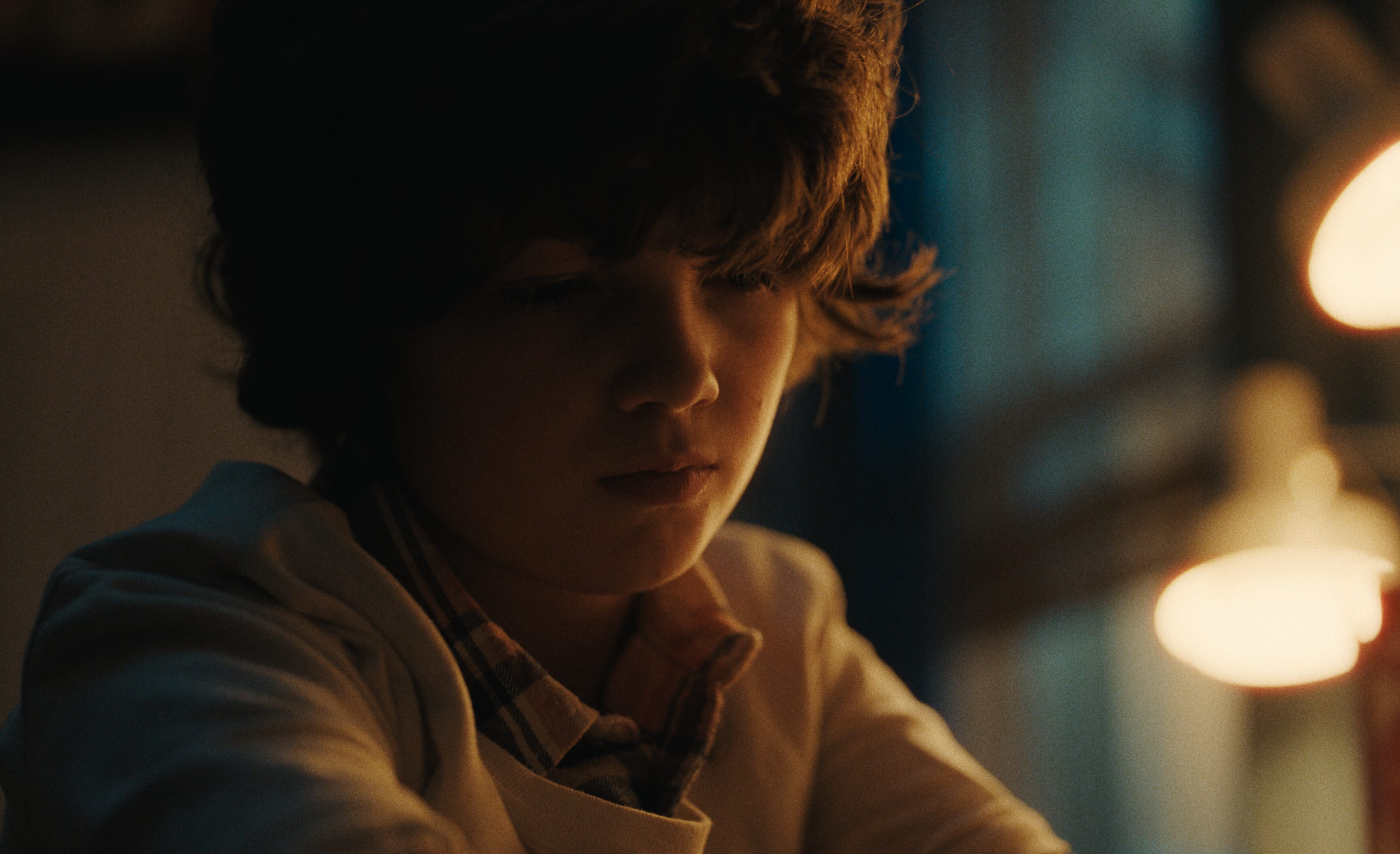
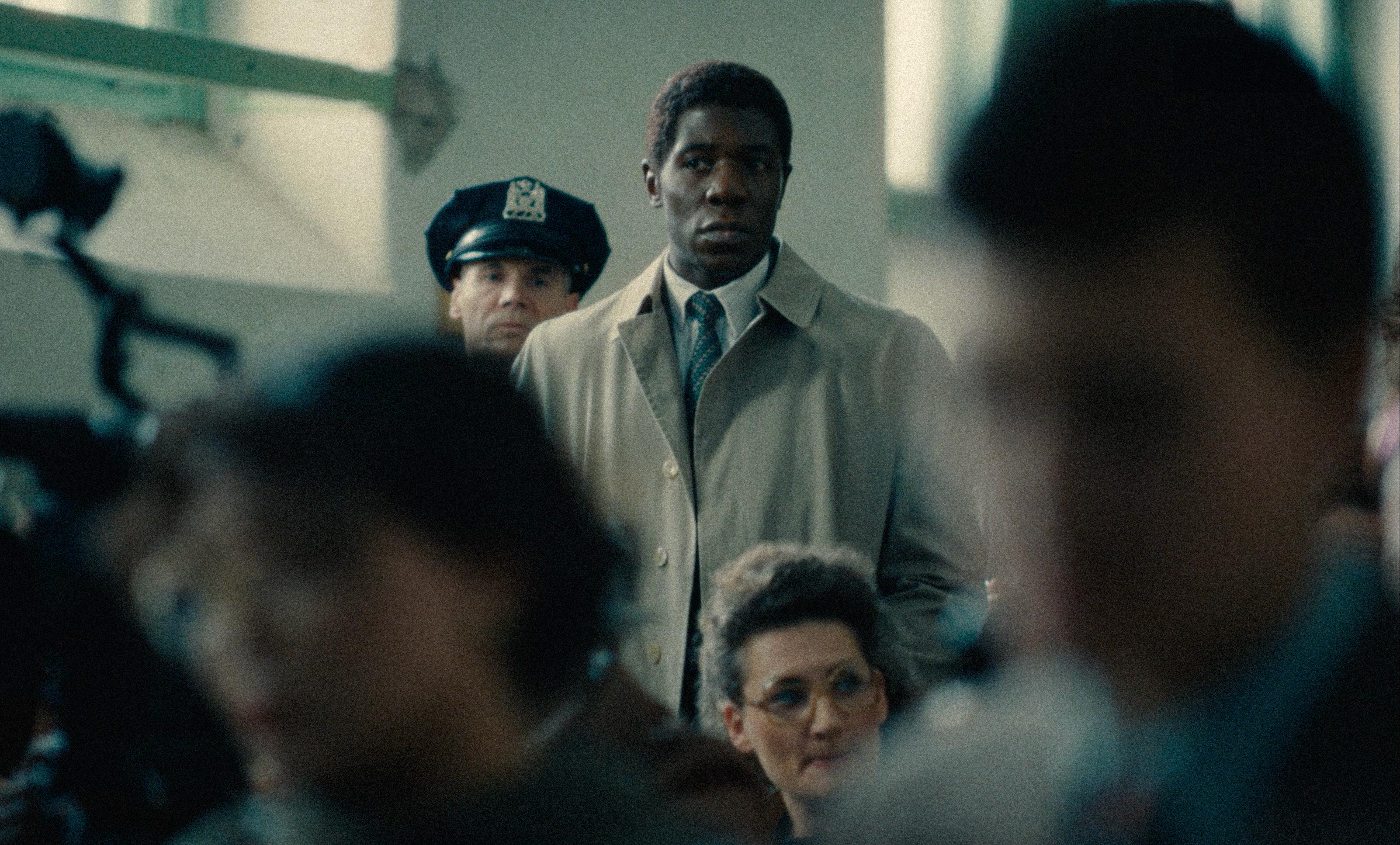
“We’re not far from the references on these pages,” Benedict says, pointing to a tone document in front of him, “which is a really good feeling. Most of these images were shot on film, but you don’t need film anymore because you’ve got Toby Tomkins!” Benedict smiles. The series was actually shot on a pair of ARRI Alexa 35s, which “gave us the best possible starting point for a film emulation” adds Toby, “shout out to Arri!”
Benedict has done screen tests for his previous few jobs, and now swears by them. “You get to meet everybody, you get to do a perfect lighting setup which you'll never get to do on a TV schedule, you get to shoot all your key cast on a set. They look good. You get to take back footage to Toby Tomkins, who makes it look amazing. And then you show everybody this amazing footage. And suddenly everyone's confident and excited instead of shitting their pants scared, which is what they normally are at that stage, including me!” From a grading perspective too, it means Toby can experiment with the look on actual footage, which makes it easier for execs and crew to envision and get on board with, “which gets us closer to the look, sooner” Toby confirms. “You can create something bold and strong because you know it’ll work.”
“Look dev is probably my favourite part,” says Toby. “You're kind of feeling it out, and when you find it, you know it's right. It's different for every job because it depends on the material, depends on the cast, depends on the production design, the lighting, the costume, the makeup. The perfect look for one thing will never be the perfect look for something else. They might look similar from afar, but when you look at them closely, they're all slightly different… like snowflakes!”

STORYTELLING
The story plays out across multiple locations in New York. Domestic environments, Upper West Side townhouses, subway-based homeless villages, police stations, and clubs all serve as a backdrop to a story that centres class, racism, homelessness and collective anxieties. “It's quite rare to play with the extreme ends of society like this. It's a big, big world,” says Benedict.
When it comes to using colour for storytelling, Benedict says “I try my best to make choices based on character and arcs, but more than anything else I think it has to be believable for that space.” Robert Anderson, the father of Benedict Cumberbatch's character, is a multimillionaire property developer who lives in a giant apartment with great high ceilings. "I did a little bit of research, and energy saving light bulbs had just been invented. So, we put in our version of energy saving light bulbs with a horrible daylight green spike. If you were rich, you'd have this latest technology” says Benedict.
Eric is without a doubt the most mainstream show Benedict and Toby have worked on thus far, and Benedict has been working on it since Autumn 2022. “I’m quite excited to see what people think about it,” says Benedict, “because I wouldn't describe it as a look for everyone.” Being somewhat new to the world of drama, the pair feel they have added something slightly more unusual or “indie” to the series when it comes to the cinematography. “I was expecting us to sort of water it down a bit more than we had to, look wise, grade wise, but we didn't” explains Toby.
In its first week of release, figures show Eric was watched for approximately 1.1 billion minutes and topped the streaming charts, according to Variety. Undoubtedly this is down to the topnotch writing, acting, direction, production design, and every department bringing their A-game – but certainly, as far as the cinematography goes, there is much to be said for the careful custodianship of the vision, the high level of craft and attention to detail, and the nurturing of the creative relationship Toby, Benedict, and Lucy have built over time.
ERIC IS OUT NOW ON NETFLIX.
